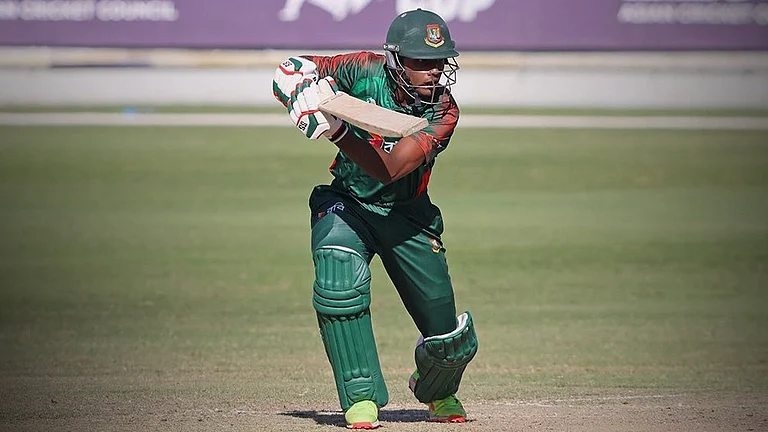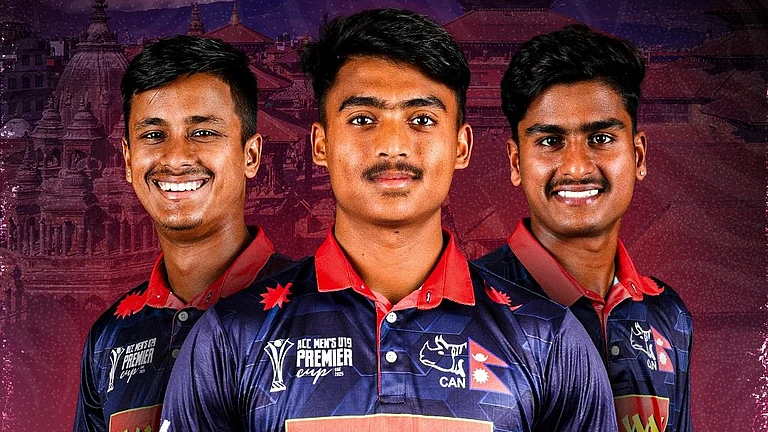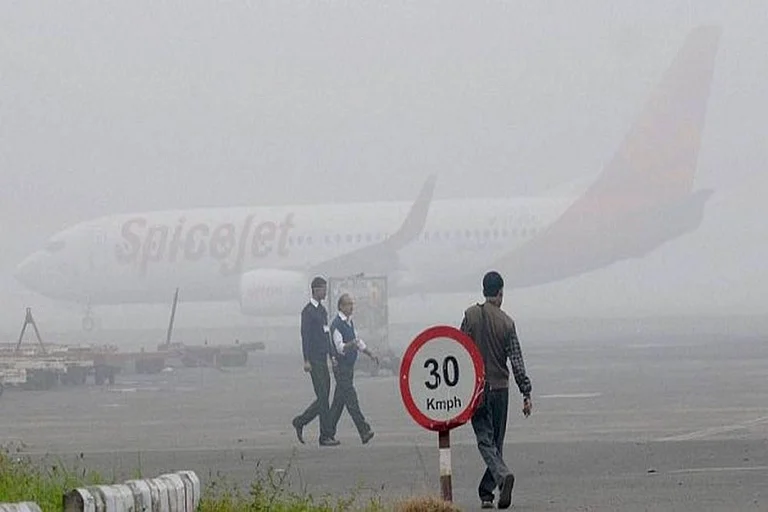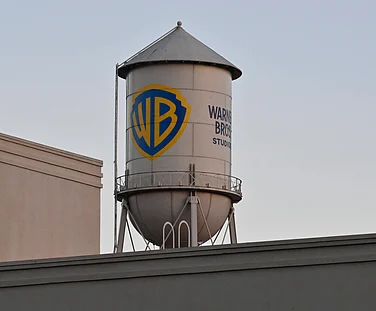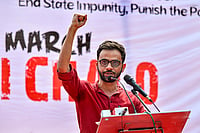Tova Gutstein was born in Warsaw the year Adolf Hitler took power in Germany. She was 10 years old when the Jews of the Warsaw Ghetto launched the first act of collective defiance against the Nazis in Europe.
Now 90, she is among the few remaining witnesses of the ghetto uprising —and a vanishing generation of Holocaust survivors— as Israel marks the 80th anniversary of a revolt that has shaped its national consciousness.
On Monday night, Gutstein will be one of six Holocaust survivors honoured by Israel as torch-lighters in its annual ceremony at the Yad Vashem Holocaust memorial in Jerusalem. She said the horrors are still seared in her mind.
“Over 80 years have passed, and I can't forget it,” Gutstein told The Associated Press at her home in central Israel.
Israel's Holocaust Memorial Day, marked with solemn ceremonies in schools and workplaces nationwide, begins at sundown on Monday. Theatres, concerts, cafes and restaurants close and television and radio broadcasts break into Holocaust commemorations.
A two-minute siren brings the country to a standstill; traffic freezes as people exit their cars and stand silently in the streets to commemorate the 6 million Jews killed by Nazi Germany and its allies.
A year after occupying Poland in 1939, Nazi Germany confined hundreds of thousands of Jews —30 per cent of Warsaw's population— into just 2.4 per cent of the city's area in what became known as the Warsaw Ghetto.
At the height of the ghetto's horrors in 1941, one Jew died on average, every nine minutes from infectious diseases, starvation or Nazi violence, said David Silberklang, a senior historian at Yad Vashem, the World Holocaust Remembrance Centre.
Gutstein grew up in the ghetto. Her father was forced into a labour camp by the Nazis and never seen again. Fenced in by electrified barbed wire, she and other Jewish children would crawl through the sewers to scavenge for food. Some children fell into the sewage and were swept away to their deaths, she recalled.
“We only thought about bread, food, how to obtain food,” she said. “We had no other thoughts.”
Around two-thirds of the Warsaw Ghetto, some 265,000 people, were deported to the Majdanek and Treblinka death camps in the summer of 1942. The following spring, the Nazis began preparing to deport the ghetto's remaining 60,000 Jews to their deaths.
The Nazis stationed an army around the ghetto on April 18, 1943. The following day, on the eve of the Jewish Passover holiday, the German forces moved in. Jewish resistance groups fought back.
Gutstein was outside the ghetto when the uprising began.
“German planes and tanks were bombing the ghetto. I was terribly afraid,” she said. “The skies were red with fire. I saw buildings suddenly collapsing.”
Returning to the ghetto through the sewers, she discovered that her house, along with many others, was destroyed.
“I wandered about and looked for my mother and my siblings but couldn't find anyone,” Gutstein said.
The Warsaw Ghetto fighters fought for their lives in bunkers they made inside the ghetto's buildings. Many were killed in the streets or deported to the death camps. After a month of fighting, the Germans destroyed the Great Synagogue.
“The goal of the uprising was not rescue,” said Silberklang, the historian. He said it was last-ditch resistance against inevitable death.
The aim was “to go down fighting and influence when and how they die — and hopefully somebody will survive," Silberklang said.
Gutstein fled the ghetto and, against all odds, reached a forest far outside the Polish capital where she met up with a group of partisans. She hid with them until the end of the war, two years later. Gutstein reunited with her mother and siblings in 1946, before immigrating to the nascent state of Israel in 1948.
Now a mother of three, grandmother of eight and great-grandmother of 13, she remains haunted by the memory of a man shot in the head outside her house in the ghetto, she said.
"I go to sleep with this image, and I wake up with it. It's very hard for me to forget it,” she said.
The ghetto uprising remains a potent national symbol for Israel. In addition to remembering the victims of the Holocaust, memorial day also is meant to remember acts of courage and heroism.
At last year's Holocaust remembrance ceremony, then-Prime Minister Naftali Bennett described the uprising as “the pinnacle of Jewish heroism."
Yet with each passing year, the number of those who saw it first-hand continues to dwindle, and with it, the living link to the trauma.
Israel, which was established as a refuge for Jews in the wake of the Holocaust, is today home to around 150,600 survivors, according to government figures. That is a drop of over 15,000 from last year. Many of those still alive now were just young children during the war.
Many survivors continue to struggle. Between a quarter and a third live in poverty, survivor advocacy groups report.
“I receive (financial) support from the government, but very little,” said Gutstein, who worked as a nurse in Israeli hospitals for over five decades, until she retired at the age of 77.
“They don't attend to citizens today in general, and disregard Holocaust survivors in particular," she said of the authorities. "We are nothing to them."
Silberklang said Yad Vashem and similar institutions are already planning for a time when there are no Holocaust survivors left, documenting and promoting awareness of their stories.
They've had to get creative — one group has created a Holocaust survivor artificial intelligence chat bot. A new project called “Life, Story” connects survivors with volunteers who help relay their stories to future generations.
The organisation behind the initiative, called Zikaron BaSalon — or, “Memory in the Living Room” — says it's racing against time.
“By the year 2035, there will no longer be any Holocaust survivors to tell their stories,” the organization says on its website. “We are their voice.”
Gutstein said she has dedicated the past decade to telling her story, so that others may bear witness.
That way, she said, “it will remain,” even when she is gone.







